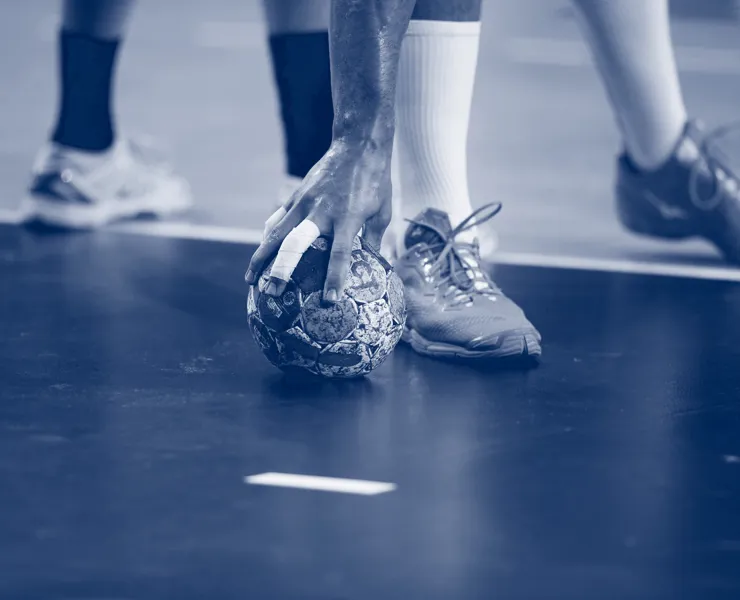Within Sarenac’s area of expertise, the important considerations specific to female athletes in the context of most of the discussion topics were naturally more physiologically focused, concerning anatomical, hormonal and neuromuscular differences, for example.
With specific expertise in the field of psychology and through her work with the Swedish Federation, Linnéll’s not only contributed insights to bring Sarenac’s tips into court training and other areas of handball coaching, but tips on how to communicate with players — an area she highlights as crucial in being able to help female players with different topics discussed, such as injury prevention, nutrition and recovery.
“You need to always look at the individual level and you have to talk to the athletes,” said Linnéll, highlighting that it is more important to be aware of differences between athletes based on their individuality rather than gender — that the sex differences are mainly down to physical variances rather than anything else.
“With a history in sport where gender equality hasn’t been that big, sometimes what women need is the same as what male players need, but the culture is to have another type of leadership. So, in my experience, as an expert in psychology, it's all about learning the individual — ask questions and follow them. And, of course, not do always the same.”
However, Sarenac said that the physical differences between male and female athletes can end up being a psychological factor as well. She also highlighted that male athletes have been benefitting from what has been learned on the female side.
“The culture of sport and the way the female athletes are treated, for the different performance or just body look things, can also cause certain psychological, let’s call them obstacles or issues, that later should be treated differently than in male athletes. So, it's like in this process, these factors are mixing around, and then in one moment you can need really a huge help of a psychologist because of these accumulated changes that affect actually the female body,” said Sarenac.
The opening discussion alone showed just what a complex topic the specific training of female athletes is — and how much more insights both Sarenac and Linnéll will have to share at the Women’s Handball Conference on 10 and 11 December.
Looking specifically at injury prevention, Sarenac spoke about the risk factors for female athletes concerning particular injuries, for example, to the ACL. Along with anatomical factors, hormonal and neuromuscular elements play a role in the functioning of the body — and that can mean differences in injury risk, recovery and simply general physical health between female and male athletes.
“We see very nice connections to many other factors, and we have, let's say, the multi-disciplinary approach on treating this problem,” said Sarenac, highlighting that focusing on one problem is not the solution — that a holistic approach, in this context physically, is important. “We just have to acknowledge that acute knee injuries in female athletes have four- to six-fold higher incidence than male.”
Linnéll highlighted how for many years, the science has focused on the male body, and that science was accepted as the whole for both genders. Understanding the differences between male and female athletes is therefore critical in helping bring out the best from both sexes.
“We have to find those differences, for example, knee injuries in handball — we see the differences. And maybe then, as a coach and also as a federation, as I’m working in, give that knowledge out to be more prepared as a coach to help maybe female players,” said Linnéll.
This is just a taste of the discussion that took place through the hour-long webinar — and a small preview of what can be expected at the Women’s Handball Conference, where Sarenac and Linnéll will be just two of the many experts sharing their knowledge of different areas. As both highlighted in Tuesday’s webinar, a holistic approach is vital in helping athletes develop and maintain a high level of performance, and events such as the Women’s Handball Conference, which bring so many different subject areas together, can be extremely valuable in achieving that.









